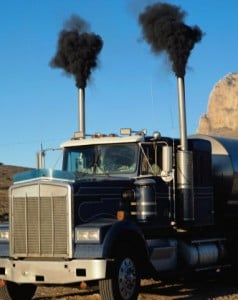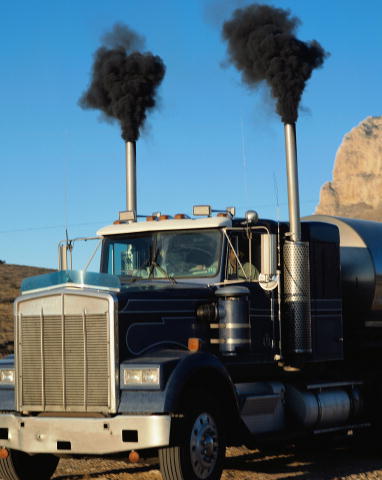I understand that in the world there are some 1 billion motorized vehicles. That may sound like a lot but what it works out to on average is 1 vehicle for every 7 people essentially.
In the United States, on the other hand, the ratio is a lot tighter. On average, that’s roughly 1 motor vehicle for every 1.2 people, essentially 1:1.2. That’d be 276,491,174 registered motor vehicles in 2019 for somewhere in the neighborhood of 330 million Americans.
That’s quite a difference.
So, suppose we wanted to know how much carbon is actually coming from the world’s 1 billion cars, trucks, buses, motorcycles and whatever other gasoline-, diesel- and propane-powered conveyances are transiting our on- and off-road thoroughfares each year.
Probably the best place to start is in the United States. We know that in America around 0.6 percent of the motor vehicle pool is zero-polluting meaning these don’t produce any of their own emissions. This means that of the 276,491,174 total motor vehicles, somewhere in the neighborhood of 260 million of those are carbon emitters. That’s for starters.
Next, from all vehicle classes, in 2019 consumed were a total of 179,990,957,000 – for all intents and purposes, 180 billion – gallons of fuel. Invariably, some of that fuel was diesel, and even less was propane, but the bulk was gasoline. For the gasoline, let’s just say it was 140 billion gallons that were consumed by the gasoline-powered motor vehicle pool in 2019 and call it square.
So, in making the calculations, for the presumed 140 billion gasoline gallons and with each gallon of gas being 80 percent carbon and being that a gallon of gasoline weighs roughly 6.25 pounds and carbon making up about 5 pounds of that, that amounts to 700 billion pounds or 350 million tons of carbon.

Putting this into perspective, that’s on average 1.4 tons of carbon discharged into the air from each of the world’s 1 billion motor vehicles each year.
Now mix in all of the additional carbon coming from gasoline-, diesel- and propane-powered engines sourced from this sector and others and you don’t need to be a rocket scientist to see that not only is the concentration of carbon in the atmosphere building up but that this atmospheric-carbon thickening so to speak is occurring at a rather speedy clip.
This post was last revised on Jan. 18, 2021 @ 6:04 p.m. Pacific Standard Time.
– Alan Kandel
